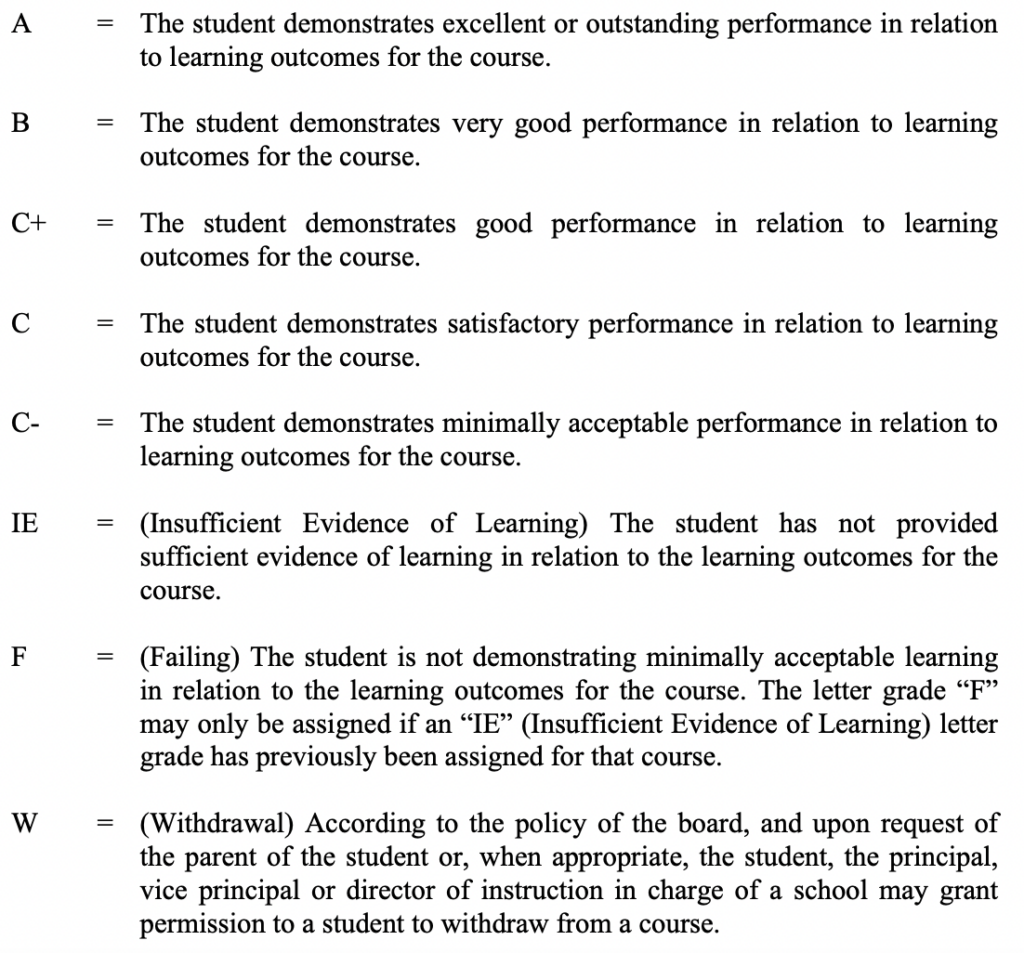As the behaviourist learning theory believes reinforcement and feedback are the two crucial factors for success in learners, the learning activities incorporated into this resource will allow for formative assessment followed by summative assessment at the end of a section.
WEEKLY BLOGS (30%)
- Completion marks
- Answer one of the provided prompts related to the material; 500 words
- Learners should show their interaction with the material learnt and will have the opportunity to comment on their peers posts as well
MINI QUIZZES (10%)
- Completion marks
- At the end of each section (for example: ‘Anxiety’) a mini quiz will serve as a recap and provide feedback to the learner about their level of understanding and/or material they may need to relook at
- 5-10 multiple choice questions
- Feedback: correct or incorrect answer
- Unlimited attempts
PROMOTING MENTAL WELL-BEING PRESENTATION (10%)
- Completion marks
- Provide a rationale for best strategy to promote mental well-being
- Should be supported by peer-reviewed sources
- 5 minutes
TESTS (15%)
- After a core topic is finished, a larger version of the mini quizzes will be issued in the form of a test – multiple choice and definitions/matching
- These will build on and incorporate some questions from the mini quizzes
- 2 attempts allowed and will need to achieve at least a passing grade (50%) to proceed to the next section
CASE STUDY (20%)
- Case studies are a great way to improve problem-solving skills and team work
- Learners will attempt to solve a case study for a given mental health disorder including identifying signs and symptoms, noting specific behaviors, and correctly identifying the mental health disorder
MENTAL HEALTH DISORDER REPORT (15%)
- In this short report, learners are responsible for selecting one disorder to research. 500-750 words.
- Information should include: How the disorder presents, prevalence rates, signs and symptoms
- Open format: Powerpoint, Word doc, Infographic, etc.
———————————————————————————
Determining A Learner’s Final Standing
Formative Assessments: Higher percentage of formative assessments with lots of opportunity for feedback.
Summative Assessments: The Case Study and Disorder Report are weighted higher (total of 35%), as these assessments require collaboration and/or research as opposed to Tests (15%) which require studying and no access to other resources.
As this learning resource aims to provide thorough but basic information, we decided to go with the BC High School grading scheme. As University of Victoria students, we felt our grading scale was not a great fit as we do not need extensive grading divisions such as A-, A, and A+.

Reprinted from “Provincial Letter Grades Order” by BC Ministry of Education and Child Care. (2023, September 29).